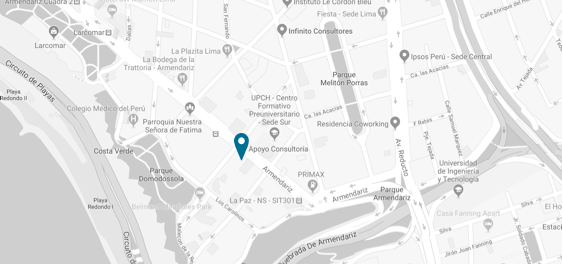In 2026, the Peruvian economy will grow by 3.2%, a pace similar to that of 2025, despite electoral risks
In the third quarter of 2025, the economy grew by 2.5%, a slower pace than that observed in the first months of the year.
Over the past three months, global economic recovery has been quick due to the reactivation processes observed in most countries. This, together with a greater appetite for risk at a global level have slightly improved Peru’s international environment. In July, the prices of our metal exports grew by almost 10% with respect to the same month in 2019, and long-term financing costs reached new lows.
As in the case of the global economy, local economic activity has also continued to recover between May and June. Due to the implementation of the second phase of reactivation in June, GDP grew almost 20% with respect to May. Also, in July, industrial production and primary sectors continued to recover, in line with the execution of the third phase of reactivation. In fact, according to our estimates, primary GDP has only fallen close to 3% in July, when compared with July 2019.
Although there is evidence of a significant rebound in local economic activity levels between May and July, the pace of this improvement will moderate in the upcoming months. This moderation will stem from the fact that aggregate demand will remain weak, mainly as a result of postponed expenditure decisions in the private sector. Moreover, as the announcements included in the presidential speech of July 28 have not altered our public spending forecasts for the second half of 2020, we still expect the public sector impulse to be too insufficient to boost the economy this year.
The recovery of the Peruvian economy in the upcoming months, besides being slow, will have two main characteristics. First, since primary sectors will lead the recovery in the economic activity, GDP figures in some regions will grow faster than in Lima.
Second, the lack of new jobs in the formal sector will create conditions for rising informal employment levels, and a strong fall in the average salary. This, in turn, will generate a contraction of the middle class and will encourage households to prioritize spending on essential categories, producing differentiated dynamics in some consumer markets.
The government will thus be faced with the challenge of compensating a weak demand in this new phase of the crisis, while containing some risks on the political front to avoid an even greater aggravation of private sector confidence.

In the third quarter of 2025, the economy grew by 2.5%, a slower pace than that observed in the first months of the year.
This month, President Dina Boluarte’s cabinet demonstrated resilience in the face of criticism over leaked audio recordings implicating Ministers Eduardo Arana (PCM) and Juan José Santiváñez (Interior).
The Government’s main allies, Fuerza Popular and APP, leveraged the crisis triggered by the murder of 13 mine workers in Pataz to strengthen their influence over ministerial appointments.

